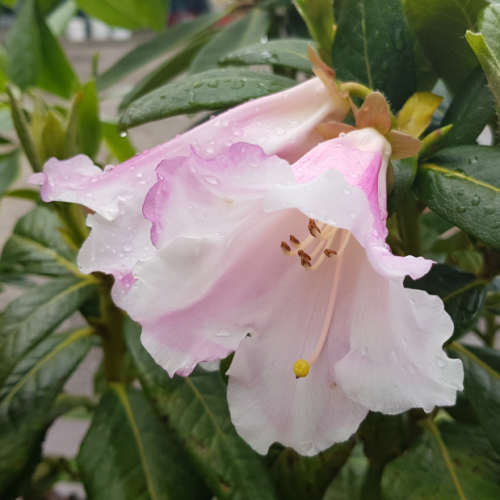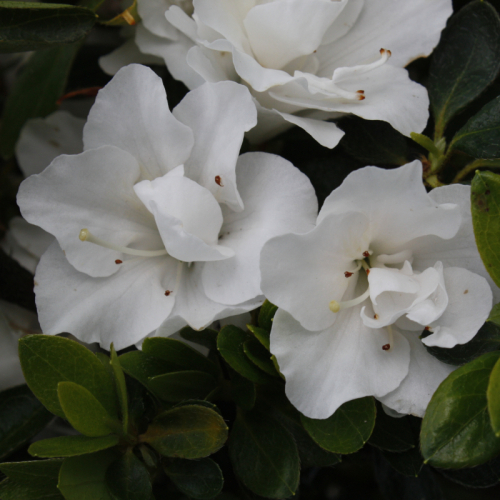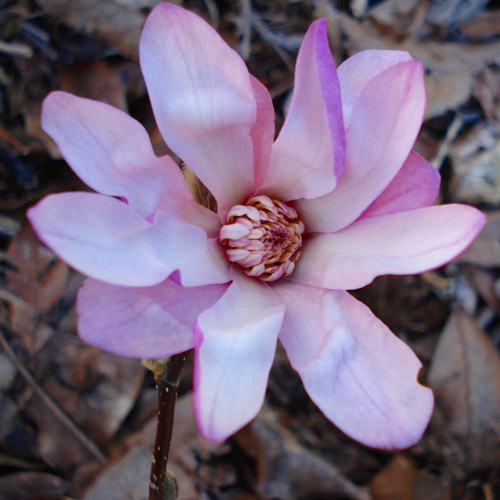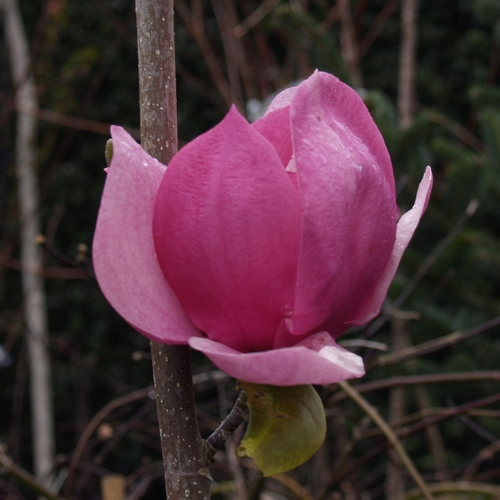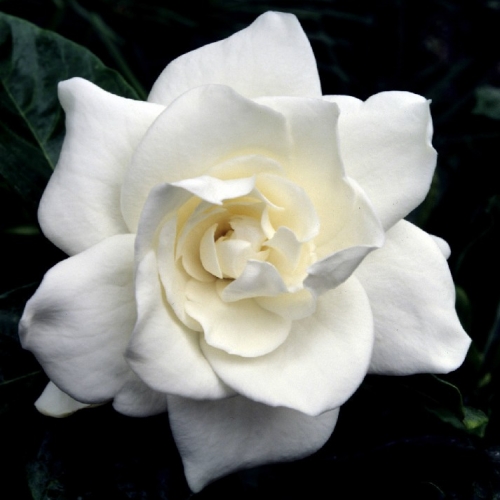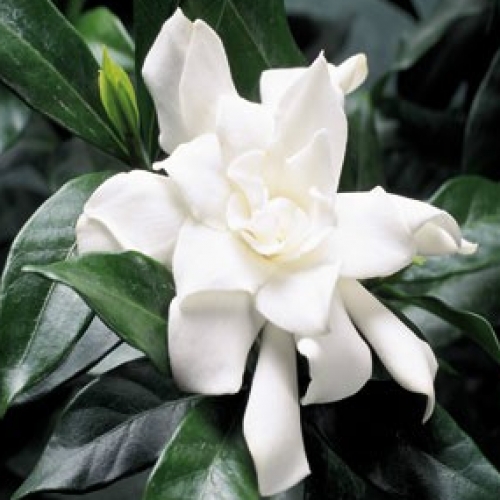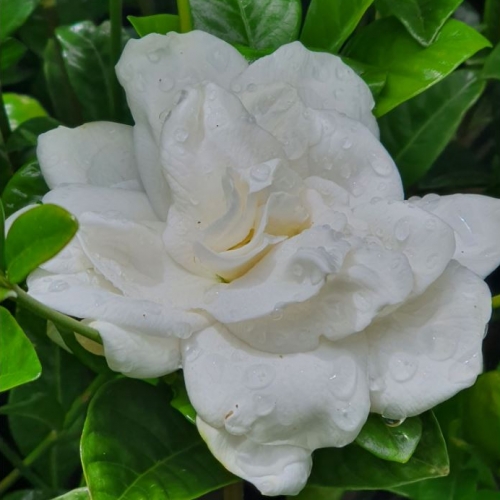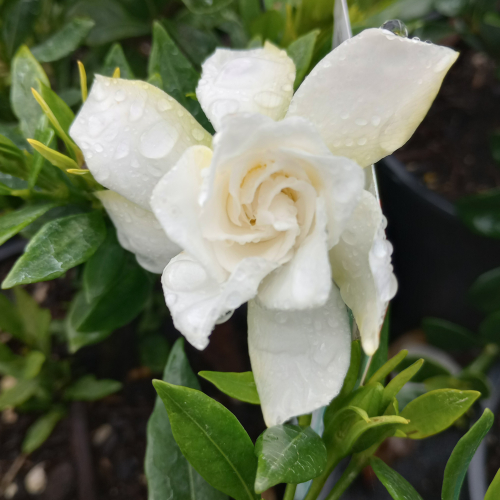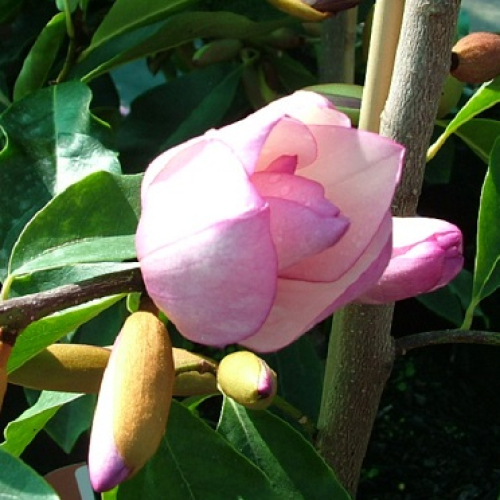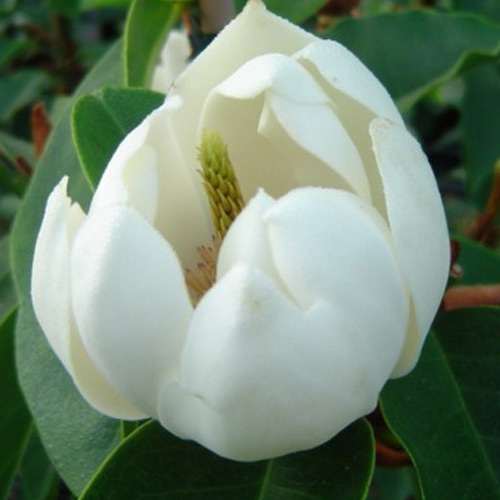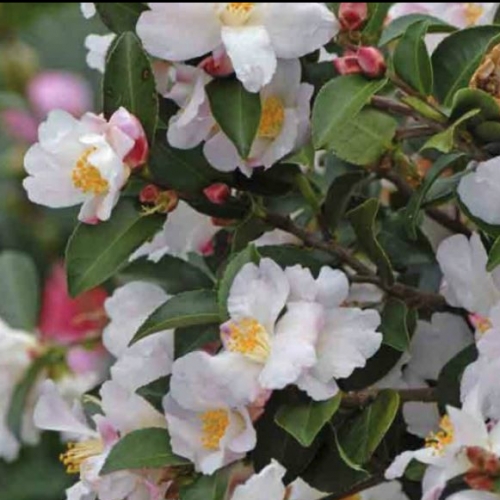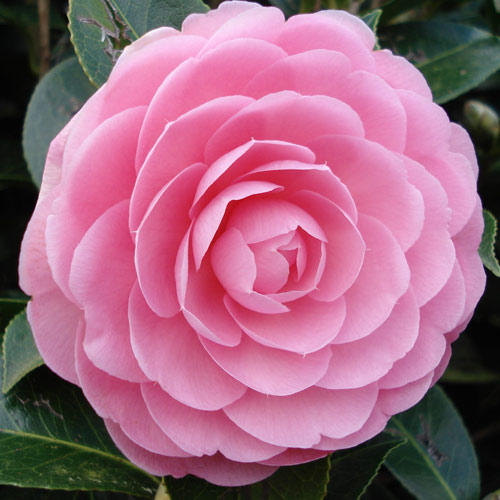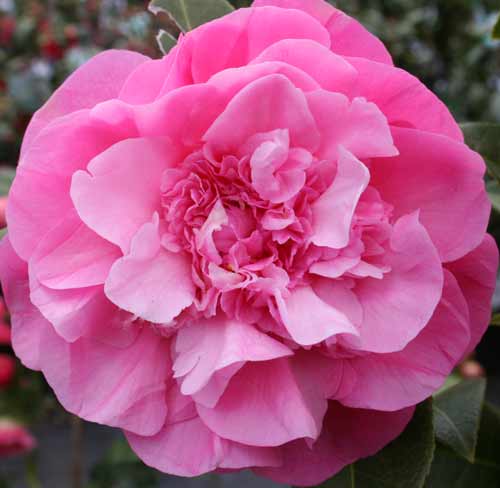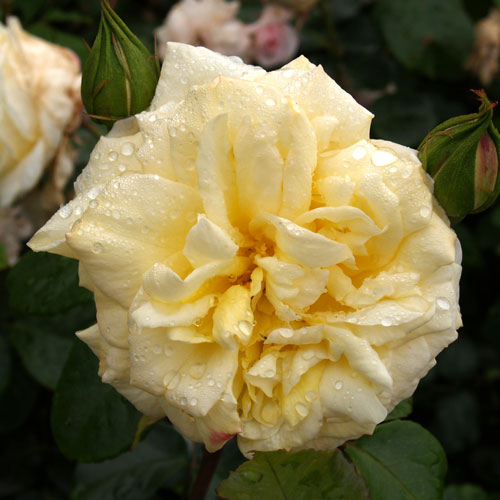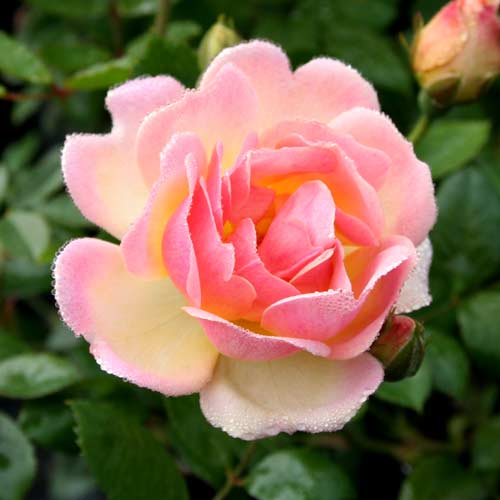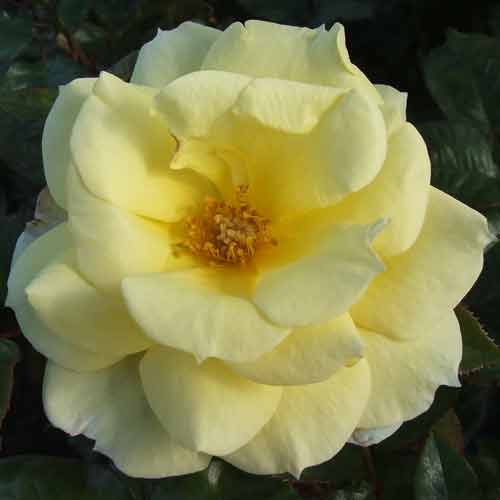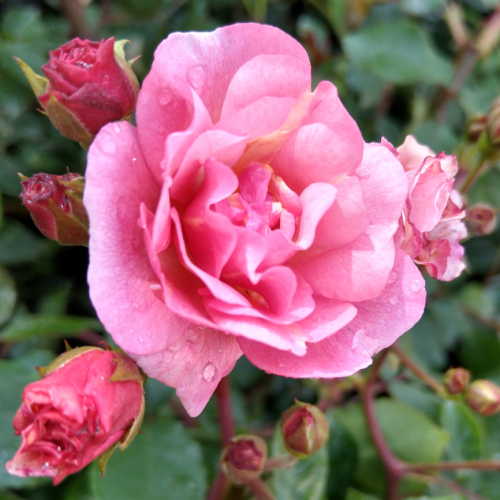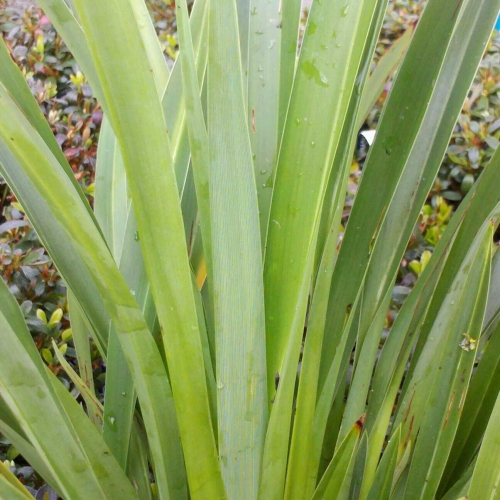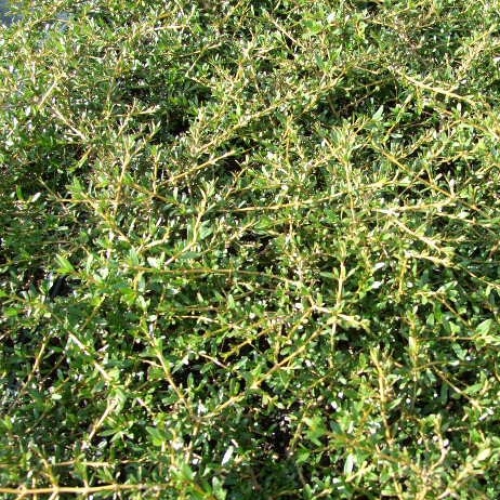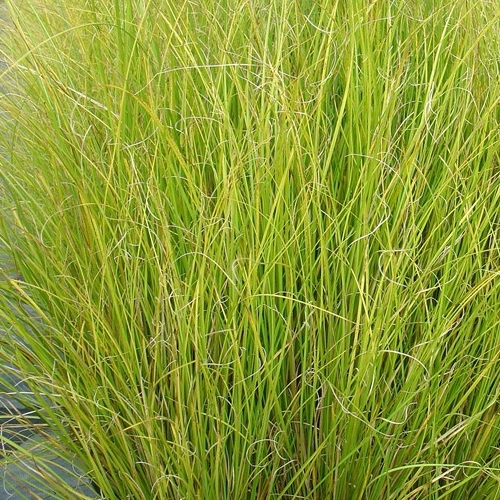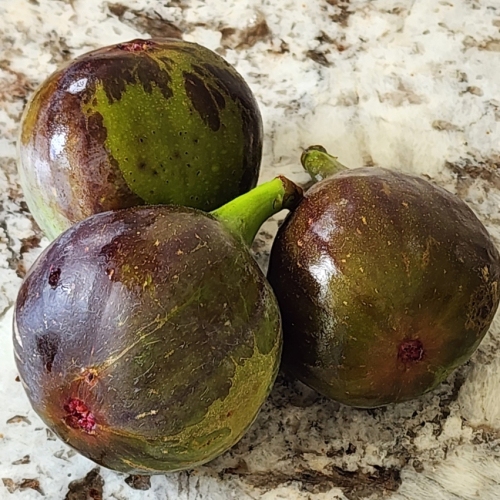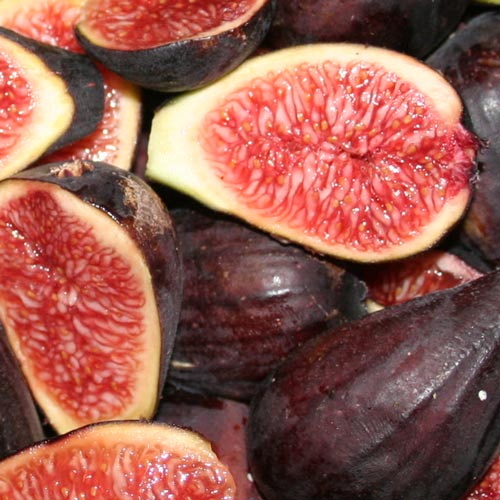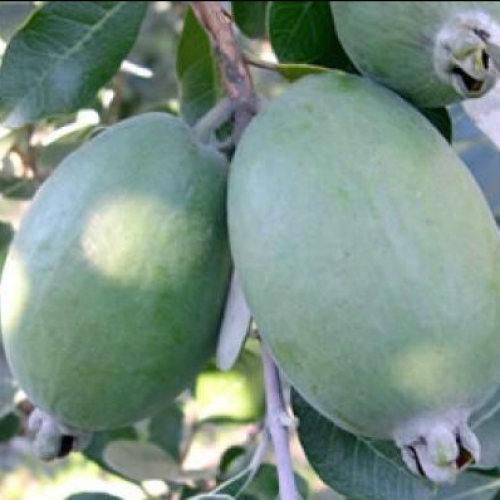Saturday 12th April, 2025
Hi
It must be the week of plants to arrive that are of the more acid-loving persuasion.
I must confess that I have never been too worried about soil pH when planting but rather relied on the fact that the wrong pH for a plant would exhibit itself in the colour of the leaves. I had always assumed that our soils are more on the acidic side of the scale and a quick google confirmed that is the case and the majority of NZ soils lie between a pH of 5 to 7 with 7 being pH neutral and anything less than that being acidic. This is probably why we can plant most things without too many issues.
Now I mentioned about the colour of the leaves, and these always tell a lot about the health of a plant ranging from soils being too wet, lack of Nitrogen and also pH. For a example, a Camellia in the wrong pH will often have quite yellow leaves which means that it's deficient in other nutrients like Magnesium.
Acid-loving plants in NZ more often than not don't really need any special treatment due to our naturally low pH, though will probably benefit from good compost or humus layers and also a side dressing of acid based fert designed for such plants.
I don't think Ang could help herself when she received in this range of
Gardenias as they were such good plants. Well her words to me were that she "Wasn't going to but just had to". Gardenias will perform in good well-drained soil and will cope with full sun to semi shade.
Gardenia radicans is bit of a fave with me as being a low growing Gardenia that if mass planted could be effective as a ground cover. It is also perfect for those gardens that are only 30 to 40 cm wide. Small pointed glossy green leaves and small semi double fragrant white flowers.
Gardenia Four seasons has double, creamy white blooms with an exotic heady fragrance that sit beautifully against the glossy green foliage of this desirable little shrub. Upright with quite long pointed glossy green leaves.
Gardenia Professor Pucci is the giant of these making for a generous shrub and of course deliciously large fragrant flowers for which gardenia is so renowned. This variety comes as both a
shrub and a
standard.
Then there are the
Michelias, again pretty smart grades of
Michelia Figo,
Mixed Up Miss and
Bubbles which all make for large shrubs or small to medium evergreen trees and typically with white fragrant flowers. Most will know
Michelia Figo as the
Port Wine Magnolia though I know there are some that consider the fragrance to be like juicy fruit gum. The range of Michelias is pretty good at the moment so check them all out by following the
link!
Sasanquas revisited
Great to get feed back on last week's email as Rachel writes: You missed Number five: Honey bees love Camellias' pollen and if you get a bunch of different varieties you can be feeding them all year round!
With that said, I thought to myself that I had been a tad remiss in extolling all the virtues of
Camellias as I suddenly remembered that the varieties that have the prominent stamens provide nectar for Tui.
Then there was point number six, and another very good reason to plant these desirable shrubs, is that they get very little wrong with them in the way of pest and disease issues and they are surprisingly adaptable with respect to the positions in which they will cope and grow.
I'm sure that there are many other attributes that I haven't covered off but I'm probably repeating myself when I say they are a number one choice for hedging (
Sasanquas). The reason being that they can handle constant and regular trimming unlike many plants and all of the other points we mentioned last week as well. Having said that some of the other species and
Hybrids will hedge well too. I have an amazing
Transnokoensis hedge at home as well as some
Transtasman.
Hiryu could set a new trend with vibrant pink flowers.
Japonicas also, but they have a much more dumpy or rounded habit so to make a hedge may take more time than the other species.
Just because it's Camellias this week, check out the Japonicas
Japonica is the other main group of ornamental Camellias and we can generalise about this group of Camellias in that they tend to flower at the latter part of winter and into the early spring. They also generally have a larger leaf than say
Sasanquas and some of the other species and if you like the big flowers then these are for you. Often the growth form is quite compact and rounded (also unlike sasanquas) and takes a while to form a shrub of around two metres, though they can over the years get quite a lot bigger. Just like all Camellias these can also tolerate being trimmed back and whilst will grow in almost any situation, they do like that position of dappled light or protection from the late afternoon sun.
There are quite a few flower forms in this group of plants. Check out the formal double with its rosette shape and layers of perfectly arranged petals.
E G Waterhouse is a good example of this style.
The
Anenome form has an outer row of petals with a cluster of petaloid in the centre and
Mansize is a pretty good example of this form. I believe named for being the perfect size for the buttonhole on a man's suit.
Of course there can be those that are almost single to semi-double with more informal forms and you can look at them all by following the
link. There are some pretty full and fussy forms like
Anticipation,
Debbie,
Takanini or those that are open with stamens showing like
Ballet queen,
Bob Hope and
Coronation. Just like it is in life, there will be a preference for everyone or you will just want one of them all.
Ours Sale goes on with over 300 selected fruit trees that are normally $64.99 now just $40 each...come out and have a gander.
This time of year we need to assess our stock and decide what we need to go forward with for this coming season. So, the team went through the fruit trees and put into the sales area a good range that need to go, to make way for the incoming stock. These are all good plants that have been looked after all season, fed and kept tidy.
These selected trees include Almonds, Apricots, selected Plums, Nectarines, Peaches, Pears some Figs and Quinces. Please note that these are no longer in stock and so are not available on-line but rather by coming out to the nursery.
All the roses must go to make room for the new season's stock. So all bush and climbing roses are reduced to just $30 from $44.99.
Again the roses have all been well cared for, looking great and are still available both online and at the nursery... it's worthwhile having a second choice up your sleeve.
Olives all 20% off. These make for quite handsome quick growing trees with attractive silver grey foliage. Tolerant of drier, poor soil and full sun.
Day Lilies or Hemerocallis are great filler plants for those sunny drier gardens, though they will almost grow anywhere including quite wet positions. Great for mass planting. 20% of all remaining stock.
NZ Natives $9.99 each or get 10 assorted for $80.00. This special on selected native plants includes:
Wine berry Serrated green leaves with purple tones to the under-side, clusters of pink flowers in spring which are followed by juicy black berries that birds love
Kanuka and
Manuka. Most will know these as the native tea trees. They are fast-growing and the bees love them.
I reckon that if you planted one of many kinds of fruit trees then one way or another you could be picking something every week of the year. Right now we are picking
Figs every day. They are delicious stewed for breakfast with muesli and yoghurt but I have also been trialling them in the dehydrator. I am not sure how they get them like the dried ones that you buy, but I have been slicing them and they seem to retain their colour.
French Sugar dries kind of fawn green with a pink centre.
Brunoro Black has a dark skin and quite red flesh.
The
Feijoa haul is on a roll now and there seems to be enough of these happening to keep all of the team happy. Again, these make great eating either fresh from the tree or as chutney bottled for later. I noticed the other day that the
Persimmon trees around here have fruit that is starting to colour and I am quite keen on them for eating, and they make a great chutney as well.
My aim is to have fruit and produce all year around as there is nothing quite like growing all of your own for taste and flavour and it's got to be good for you.
Thankfully we got 30 mls of rain the other week and with this warm weather everything is taking off for the Autumn flush including the weeds, lawns and the garden.
I believe that school holidays begin today and run for the next two weeks or so. They must include Easter this year, and so have a great weekend and next couple of weeks if having some time out.
Cheers Lloyd, Tony and the Wairere team.
